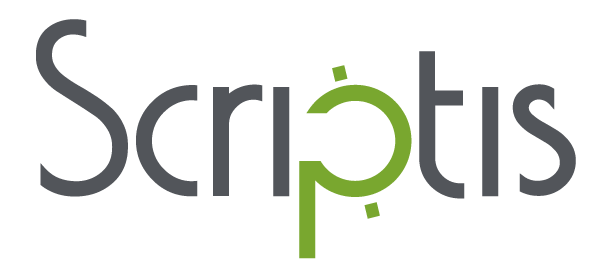What is localization engineering?
What is localization engineering?
The cost of a document translation project depends on three things: the language pair (some are more expensive than others), the size of the document (usually based on the word count), and the level of specialization required by the translator (subject matter experts are more expensive). A website or software translation project, on the other hand, requires consideration of all these plus a fourth issue: the structure and implementation choices of the website or software application itself.
Localization engineering is the task of planning and executing a workflow for exporting, translating, and re-integrating content and meta-data for a website, e-learning module, or software application.
Or, in simpler terms, we need to take it apart, translate everything that needs translating, and put it back together again. Then we make sure the localized version functions properly and can be updated easily.
How are localization engineering costs estimated?
The initial estimate of localization engineering costs is based on analysis of the content and the platform of your website or app. Some content management systems are more translation-friendly than others, and certain themes and plug-ins can cause complications as well. We’ll also assess the potential value of a proxy service. The choice of target language will impact costs – for example, we need to accommodate text expansion and be able to accommodate right-to-left languages and cultural preferences. We’ll also want to know whether a website will incorporate an e-commerce platform or other functionalities.
Who estimates the cost of localization engineering?
The estimate is developed by a team with strong IT experience. Our lead localization project manager Ken Farrall has more than 10 years’ experience in international web content delivery and worked as a full-stack developer and team leader for Chinese Internet companies. Under his leadership, the team assesses the content and the platform and estimates how many hours will be necessary to make the translatable content accessible to translators. After translation, his team integrates the translations into a functioning website or app.
When does localization engineering commence?
After the estimate is accepted, a conference call between the localization project manager, the client’s developer, and the client’s point of contact will finalize the road map and timeline for the project. We call this the “localization kit.” We will work with your developer to make necessary adjustments to prepare the site or app for localization, then coordinate delivery of content to the project manager for translation.
We will deploy a “pseudo-translation” process at this point to predict expansion and ensure we have all the translatable text. In pseudo-translation phase, we generate a “fake” translation which is then re-integrated to the platform. This serves as a test run of the translation workflow. If problems were suspected, this is where they are revealed, and corrective strategies (such as writing scripts to extract phrases embedded in code) can be defined and planned for.
What activities does localization engineering include?
As mentioned earlier, every software localization project is unique. Localization engineering tasks include:
- validating and isolating content to be translated;
- piloting multilingual capability including creating language selections;
- integrating the translation workflow with the existing authoring workflow;
- ensuring that all the appropriate coding changes are made so that the content will show up properly on all browsers and devices;
- ensuring that all relevant content is translated, including metadata, alt texts, text phrases embedded in code, etc.;
- assessing the impact of foreign language content and graphics to handle text expansion and maintaining proper design /look-and-feel for the foreign audiences;
- planning for future content updates.
How can I reduce my localization engineering costs?
The cost of localization engineering depends on the complexity of your digital asset and the implementation choices that were previously made. The best way to reduce your localization engineering costs is to build your website or software with localization in mind – that is, to create translation-friendly content even if you don’t have immediate plans to translate it. Contact us for more information on how to create translation-friendly content.
When comparing estimates from different vendors, be suspicious of estimates that appear *significantly* lower than the others – the risk with these is that they haven’t fully assessed the project. You may end up incurring additional charges and delays. Worse, budget limitations might tempt them to cut corners and deliver a sub-par outcome for you.
If you are planning an update or overhaul of your website, and you know will be translating it eventually, choose a web developer who has experience working with translation partners. We can recommend some partners with whom we’ve worked successfully. Finally, make sure that your localization team has the linguistic know-how and the digital savvy to deliver multilingual websites, applications, and e-learning modules that your audience will love.
